
Giant Pacific Octopus specimen and Henry Horenstein's Giant Pacific Octopus portrait
Currently on display at The Academy of Natural Sciences is Looking At Animals, which pairs specimens from the museum’s collection with photography from Henry Horenstein’s extensive series of animal portraits. I was fascinated by the hybrid character of the exhibition, a mash-up of visual art and natural history. The gallery design itself hews closer to a fine art setting, in which the creatures in jars and behind glass become almost like interlopers. Well-travelled examples of Horenstein’s photographs have been selected and the print quality is strictly utilitarian. But the photos themselves are beautiful in their unconventional portrayals of the wildlife selected.

Horenstein frames the animals with an aesthetic usually reserved for human portraiture, especially in his use of image cropping, allowing an individual personality to emerge, rather than simply displaying them as generic representatives of their species, as the taxidermied or preserved examples in a natural history museum are wont to do. The images should be equally intriguing to the sensibilities of both adults and children, each for different reasons: for the adults, it might be because of this identification of the animals possessing a temperament with humanlike qualities or it might be an appreciation of Horenstein’s photographic eye; for the children, it will likely be the newness of looking at an (often exotic) animal in an entirely novel way.

There is something further at work in the hybridity of the exhibition. Children have an inherent attraction to natural history museums, whether it be for the dinosaurs, animals, plants, minerals, or any number of other items. However, while they may love to draw, paint, or create their own art, they may not yet have an inclination to appreciate the art of others, particularly in an institutionalized setting. With an exhibition such as this, a seamless integration of the two is forged, building a cognitive bridge toward personal valuation of the visual arts.
More examples from his body of work are here.


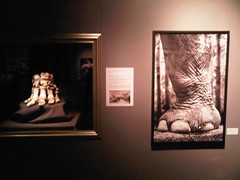
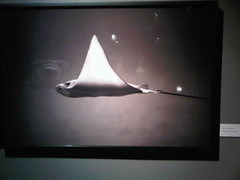
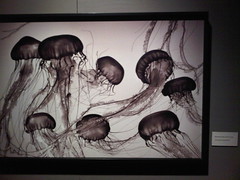
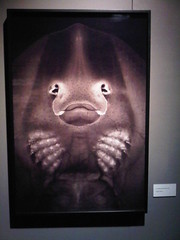

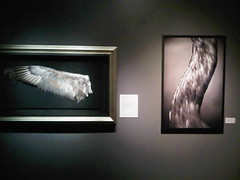
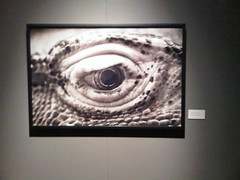
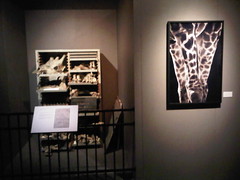
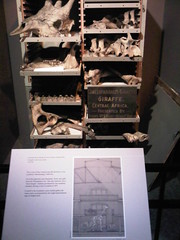
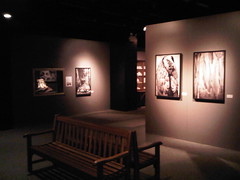
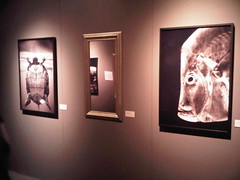
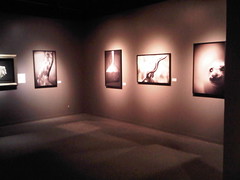
No comments:
Post a Comment